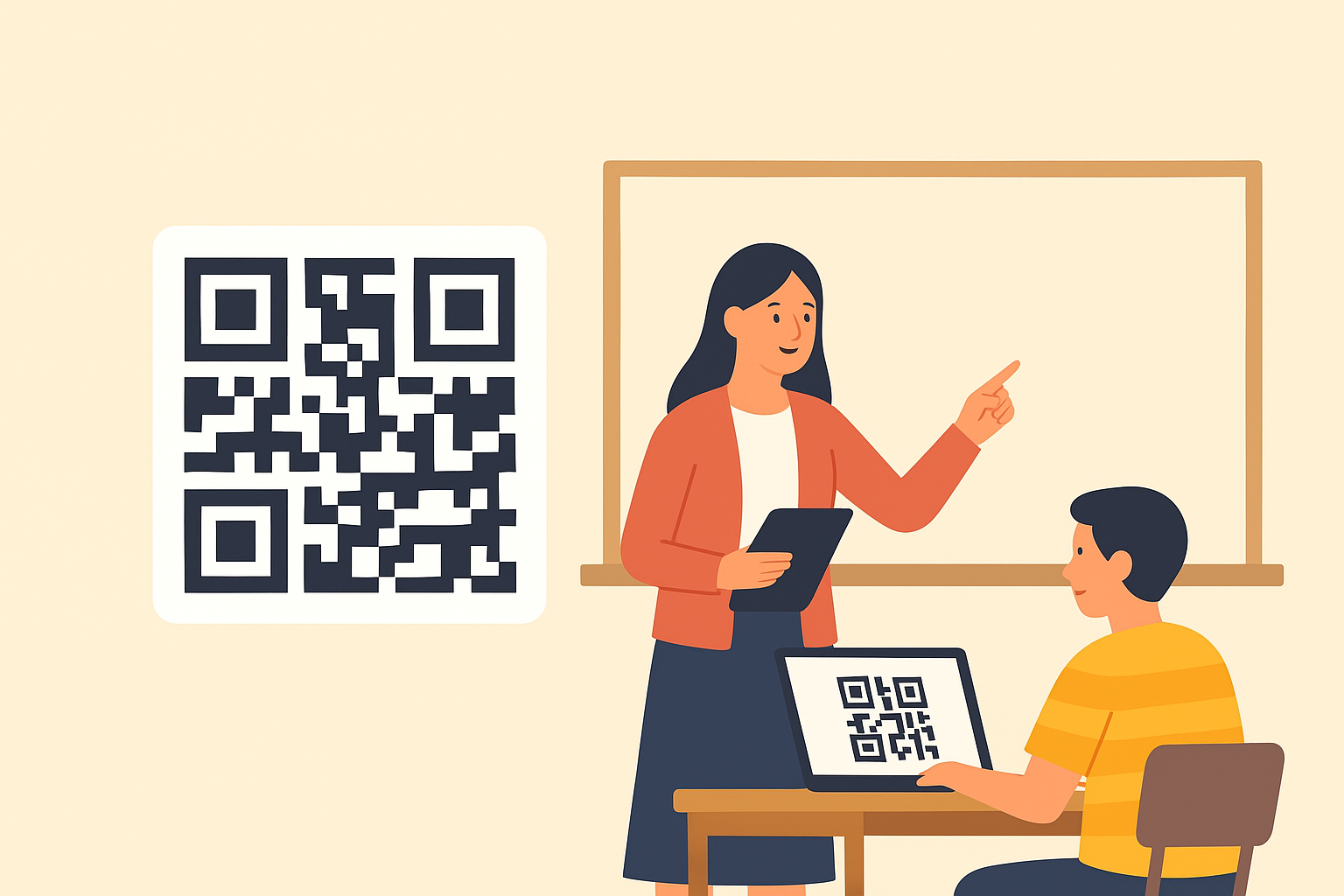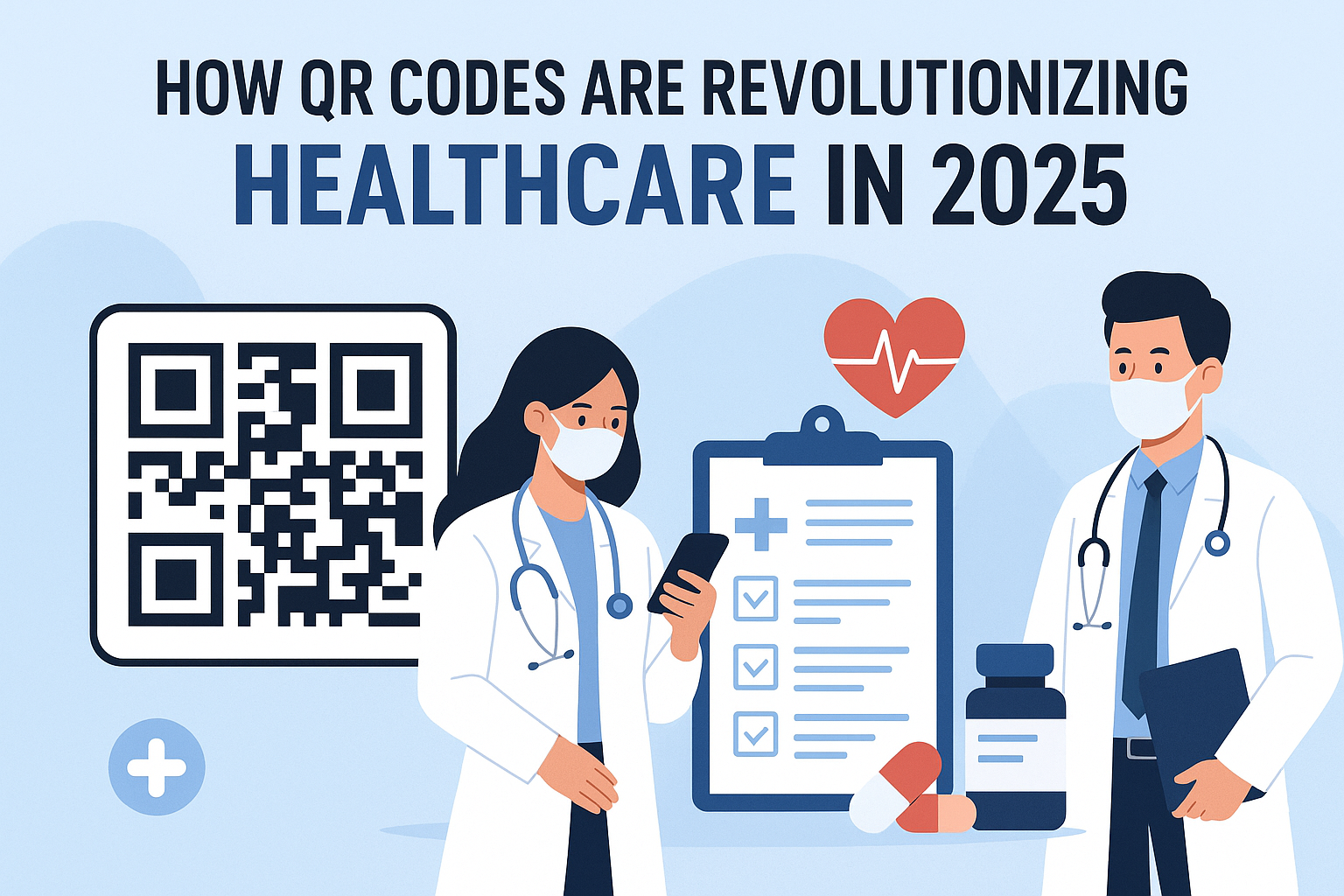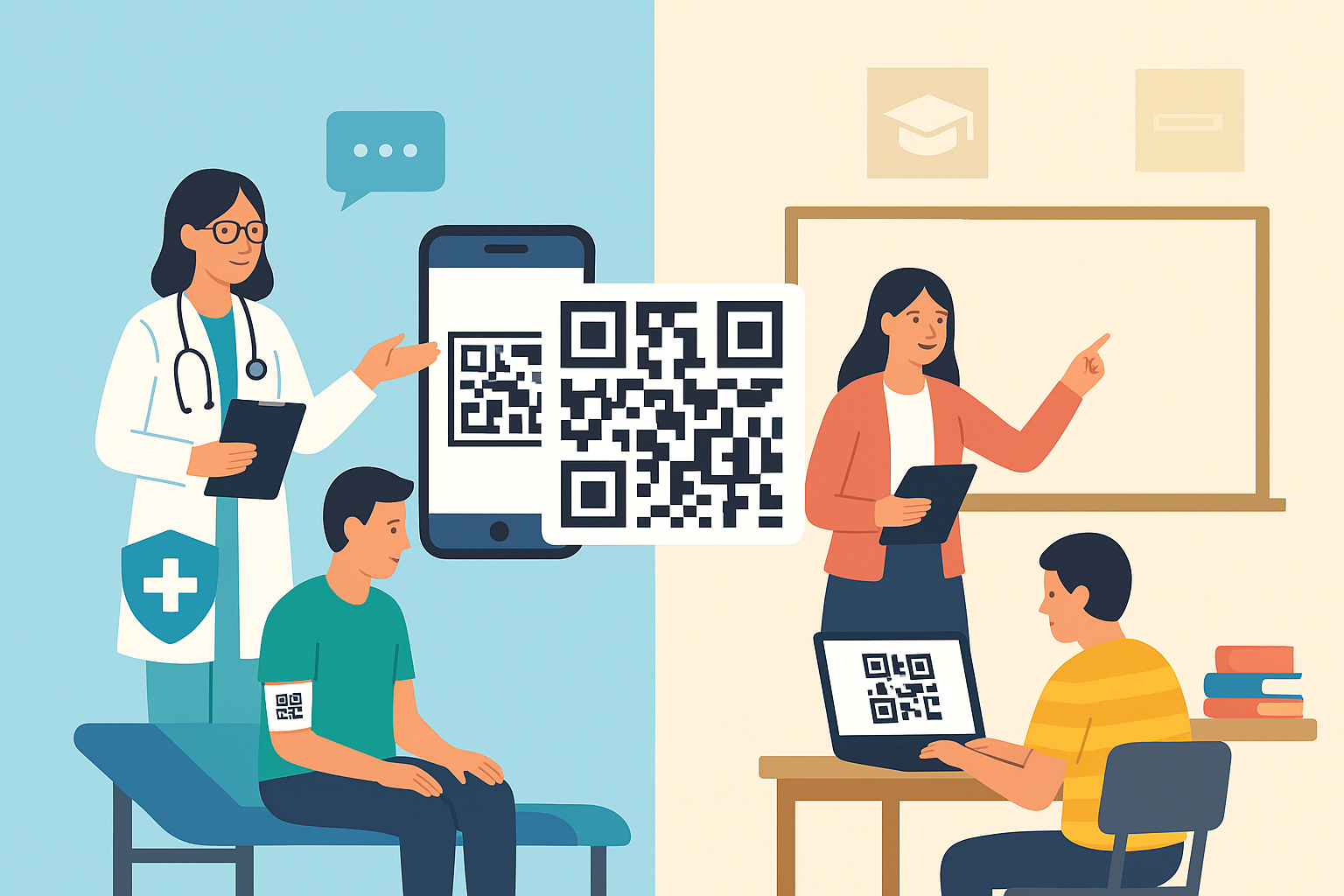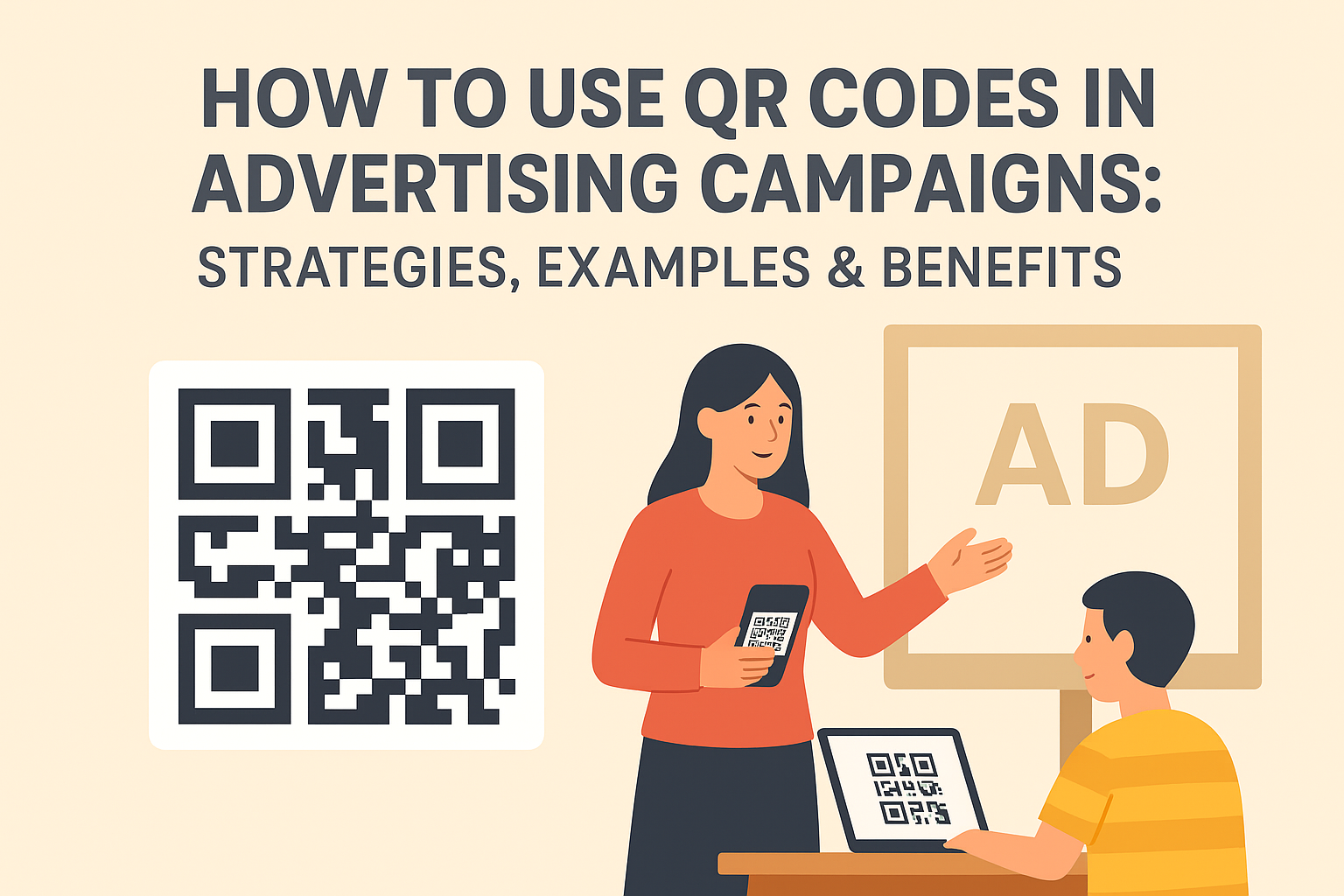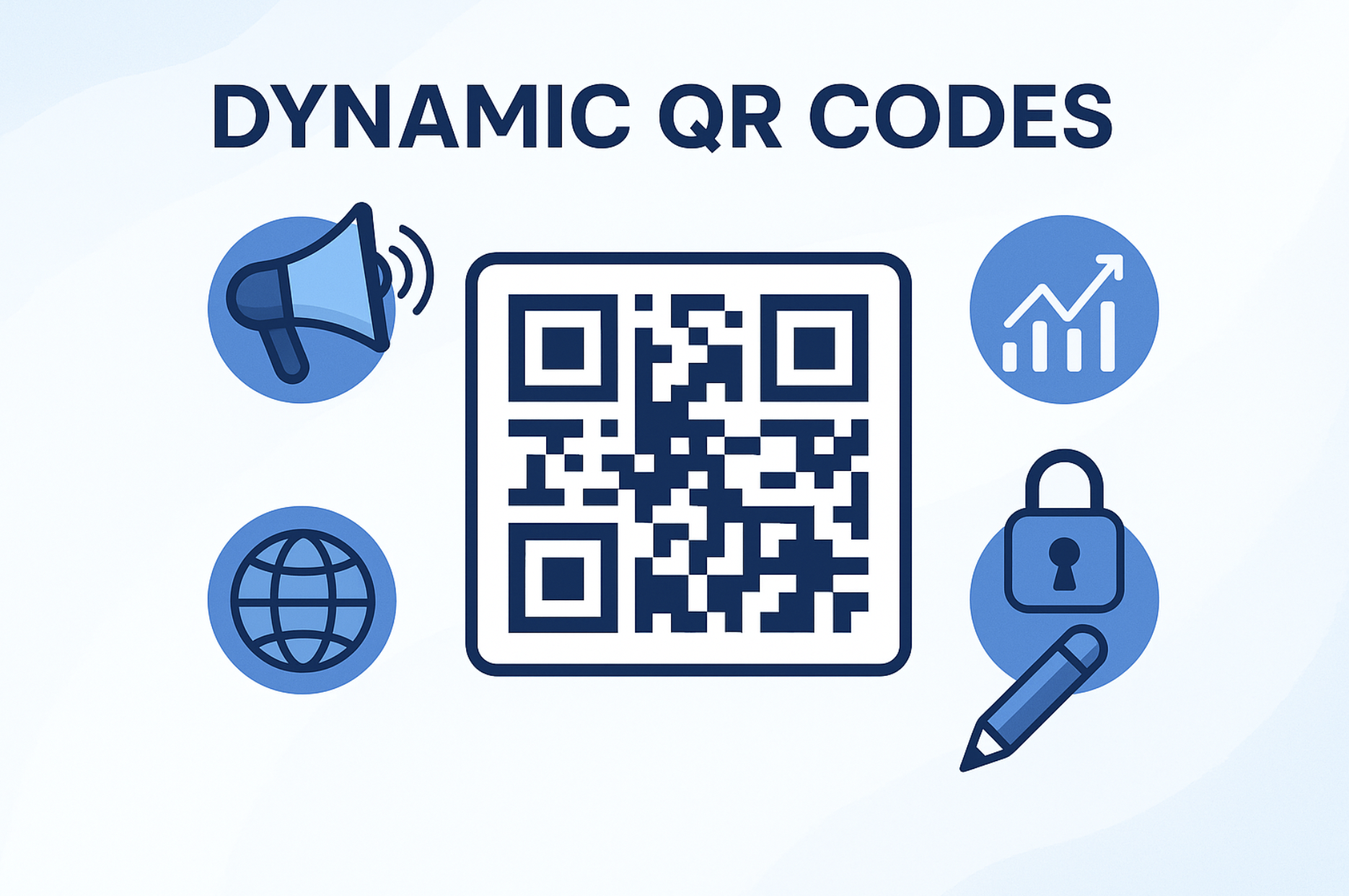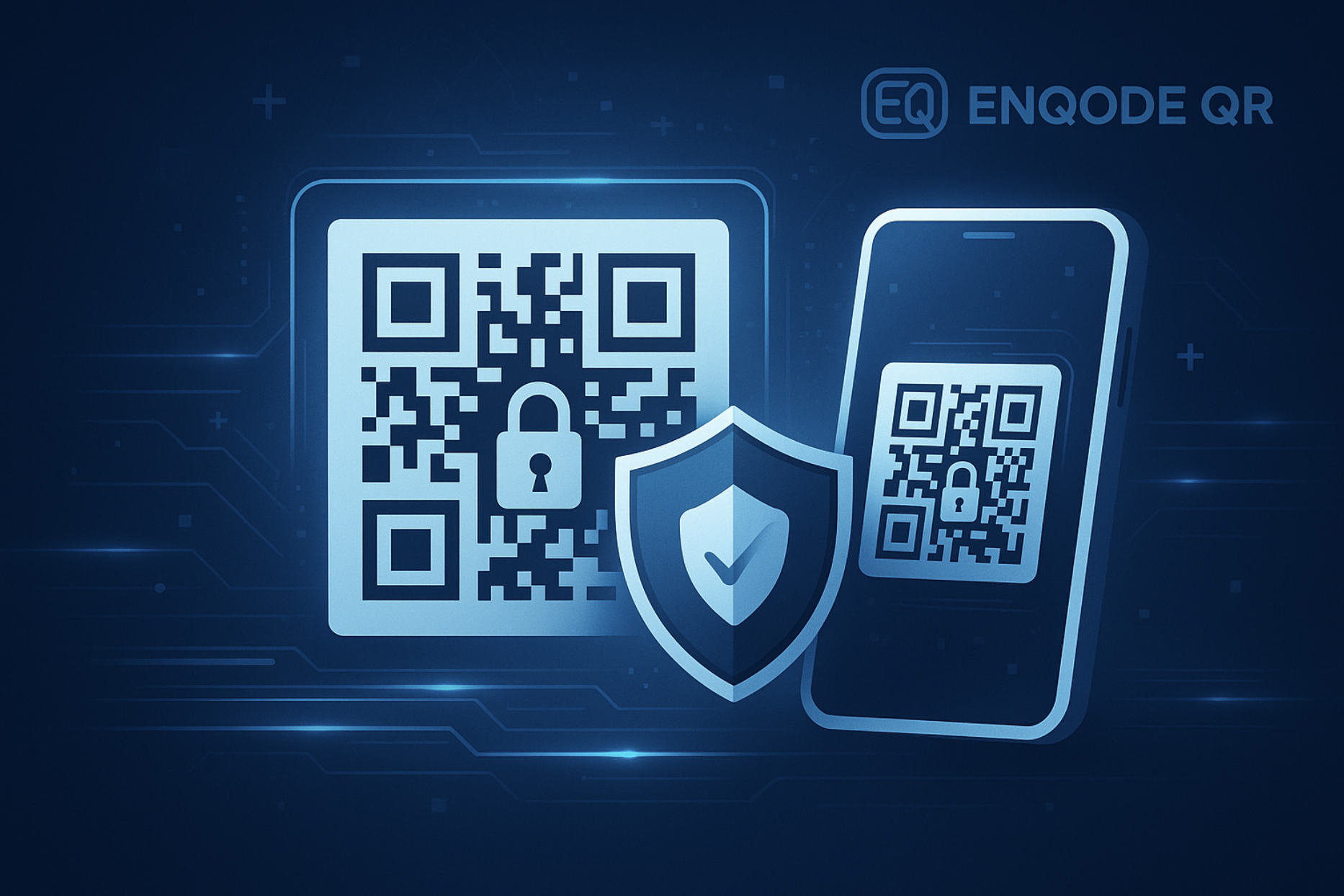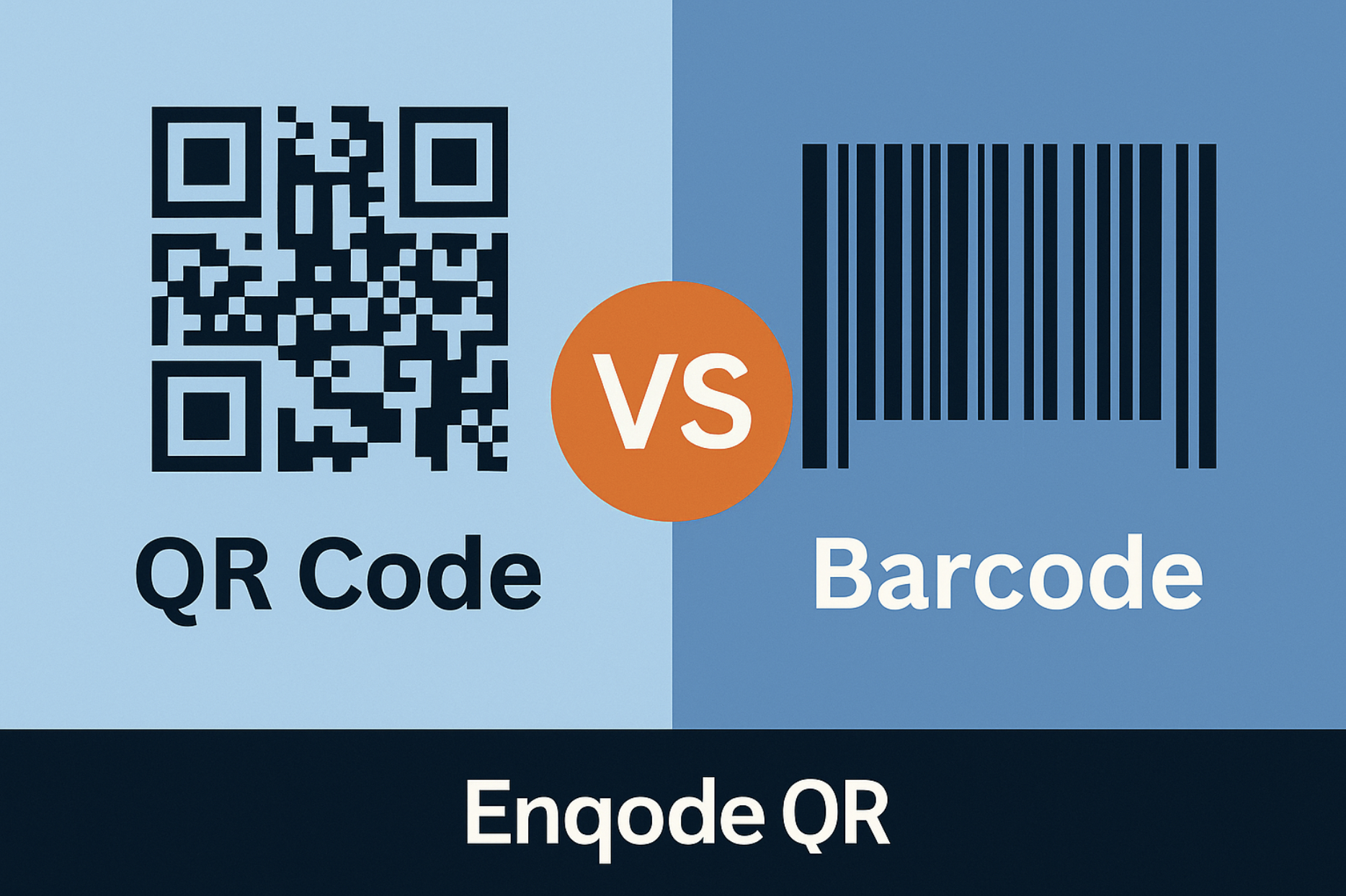Quick Summary
QR codes are bridging traditional and digital education by powering interactive lessons, instant assignment access, automated attendance, and collaborative learning across schools, colleges, and e-learning platforms.
Table of Contents
Introduction
Education is undergoing a digital-first transformation. As students grow more tech-savvy, academic institutions seek tools that deliver interactive learning without overwhelming budgets or IT resources. QR codes offer an elegant solution: they are easy to scan, widely accessible, and work seamlessly with smartphones in classrooms or online platforms.
Whether teachers are enriching in-person lessons or e-learning platforms are distributing resources globally, QR codes unlock instant access to multimedia, assignments, and real-time communication, making education more inclusive and engaging.
Why QR Codes Are Valuable in Education?
- Accessible to all: Any student with a smartphone can scan and engage with content.
- Cost-effective: QR codes eliminate the need for expensive learning management systems.
- Easy to update: Dynamic QR codes let educators refresh linked content in seconds.
- Engagement booster: Lessons become more interactive, memorable, and student-centered.
Top Applications of QR Codes in Education
Schools, colleges, and e-learning platforms are adopting QR codes in diverse ways to streamline teaching and enhance student outcomes.
3.1 Smart Classrooms
Teachers display QR codes on boards or slides so students can access video tutorials, quizzes, and supplementary material instantly. This supports self-paced learning and encourages deeper exploration of complex topics.
3.2 Homework & Assignments
Instead of distributing lengthy worksheets, educators share QR codes that link to PDFs, Google Forms, or online assignments. Parents can use the same codes to stay informed about homework instructions and deadlines.
3.3 Attendance Tracking
QR-based attendance replaces time-consuming roll calls. Students scan a code upon entering class, automatically syncing data to school systems and reducing proxy attendance.
3.4 Digital Libraries & eBooks
Libraries attach QR codes to shelves and catalogs, giving students direct access to eBooks, author profiles, and related multimedia content. This accelerates research and lightens demand on physical copies.
3.5 Virtual Learning & Online Courses
E-learning platforms rely on QR codes to enroll students quickly, share recorded lectures, distribute study materials, and verify certificates securely—ideal for hybrid and distance education models.
3.6 Group Projects & Collaboration
QR codes keep group projects organized by linking to shared research folders, presentation decks, or collaborative whiteboards. Teachers track progress in real time and offer targeted feedback.
3.7 Campus Navigation & Notices
Large campuses can overwhelm new students. QR codes on maps and notice boards guide them to classrooms, labs, and administrative offices while delivering instant updates on exams, events, or results.
3.8 Parent-Teacher Communication
Schools provide QR codes to parents for accessing student performance dashboards, scheduling meetings, and staying informed about circulars, ensuring transparency and engagement at home.
Benefits of QR Codes in Education
- Enhanced engagement: Turns lessons into interactive experiences.
- Operational efficiency: Saves time for educators and learners alike.
- Inclusive access: Supports students with varying learning styles and needs.
- Transparent communication: Keeps parents and guardians connected to academic progress.
- Scalable implementation: Works just as well for single classrooms or multi-campus institutions.
Real-World Examples & Case Studies
- Delhi Public Schools (India): Teachers embed QR codes in homework sheets to link students to video lessons and supplementary practice.
- University of Birmingham (UK): Deployed QR code-based attendance tracking to streamline lecture hall check-ins.
- Coursera (Global): Uses QR codes for secure verification of course completion certificates.
Challenges & Best Practices
- Internet dependency: Offer offline QR options (text or image backups) when connectivity is limited.
- Student distraction: Ensure QR codes lead to curated, secure resources aligned with lesson goals.
- Data management: Maintain GDPR and FERPA compliance when collecting student information.
Future of QR Codes in Education
- AI-powered adaptive learning: QR codes will link to personalized study paths that adjust to student performance.
- Gamified experiences: Expect QR-driven quizzes, treasure hunts, and competitions that build engagement.
- Hybrid classroom workflows: QR codes will connect offline activities with online platforms for seamless continuity.
Final Thoughts
QR codes have moved beyond novelty status—they are now a foundational element of modern education. By enabling interactive classrooms, streamlined communication, and instant access to resources, they empower educators and students to thrive in 2025 and beyond.
Ready to modernize your learning environment? Explore how Enqode QR delivers secure, branded QR code solutions for schools, universities, and e-learning platforms.


